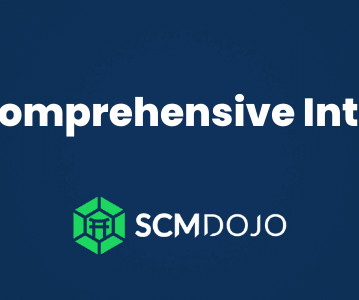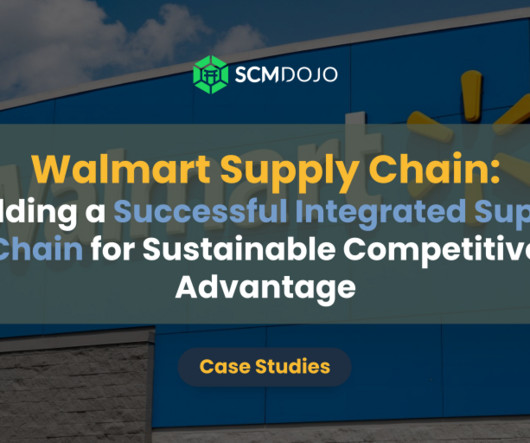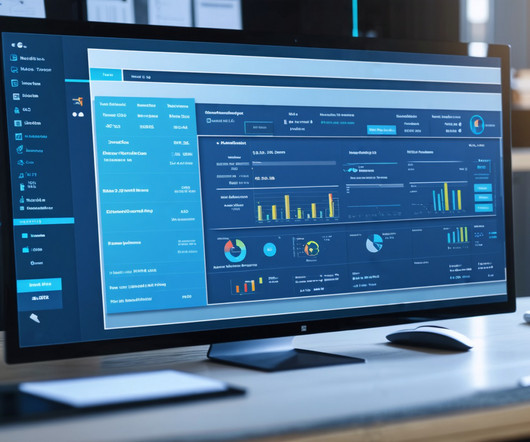Inventory Management — Everything You Should Know
Procurement Tactics
JUNE 8, 2023
Businesses use various methods of inventory management, each with its own advantages and disadvantages, depending on what they require. Inventory management is a way for companies to figure out what and how much they should order, and when to do it. Preventing stock-outs is another crucial aspect of inventory management.













Let's personalize your content